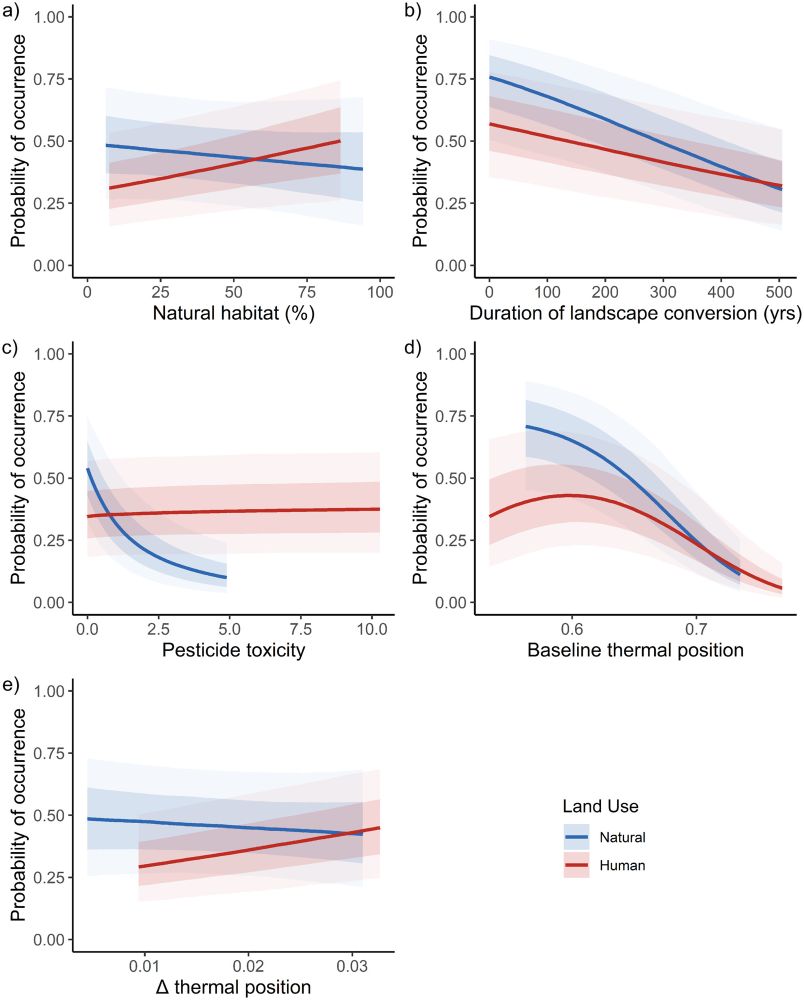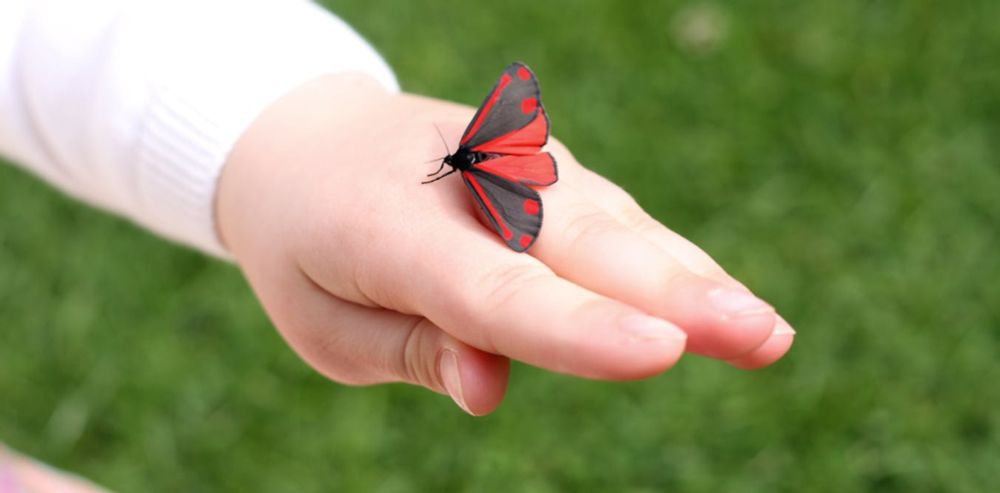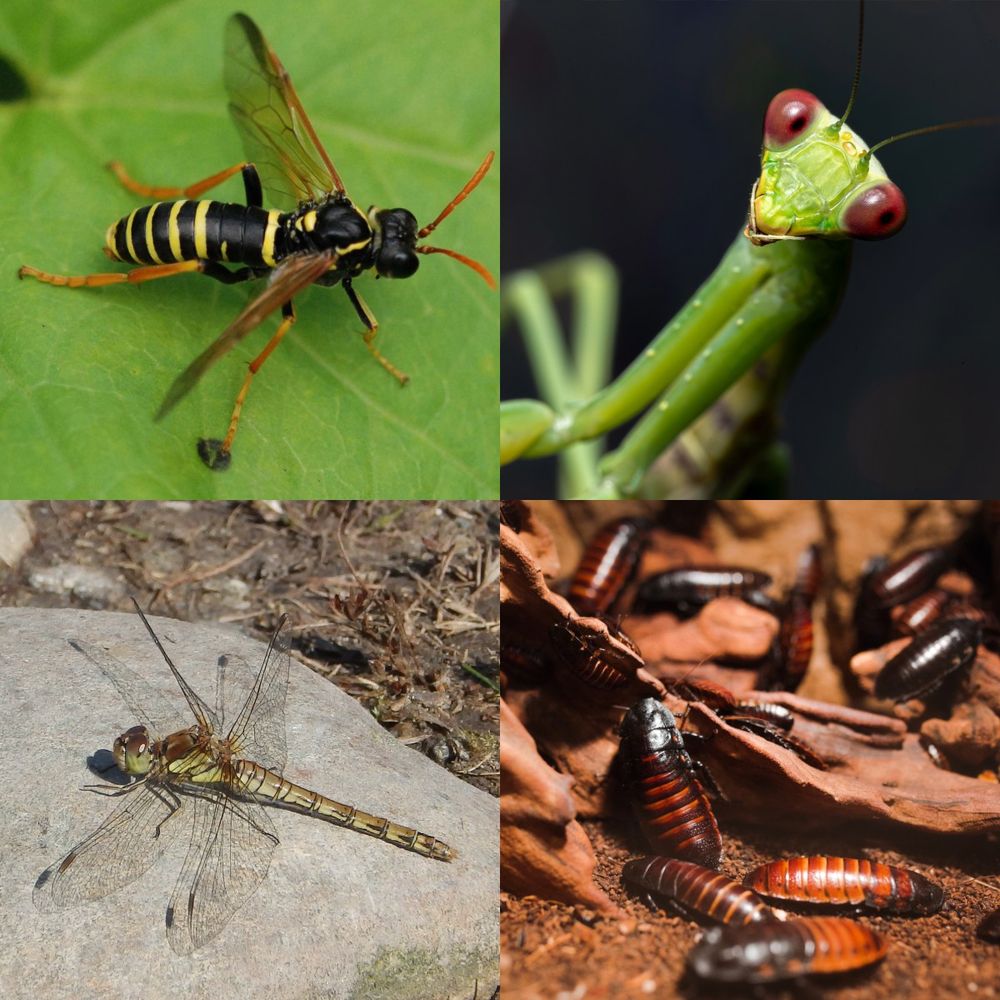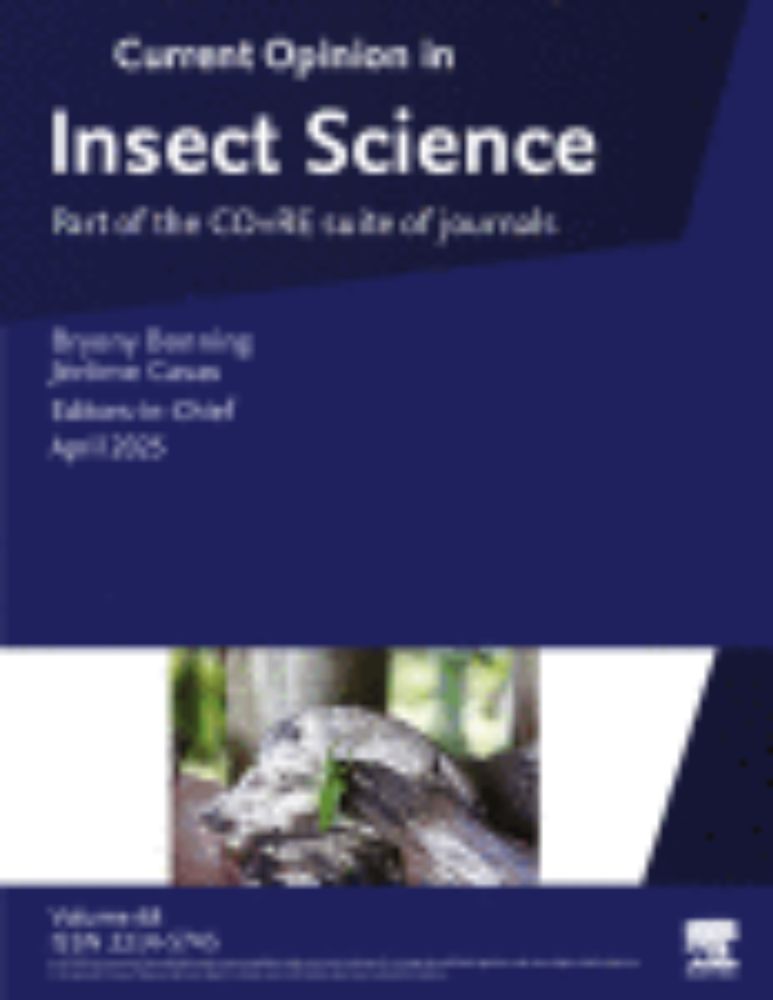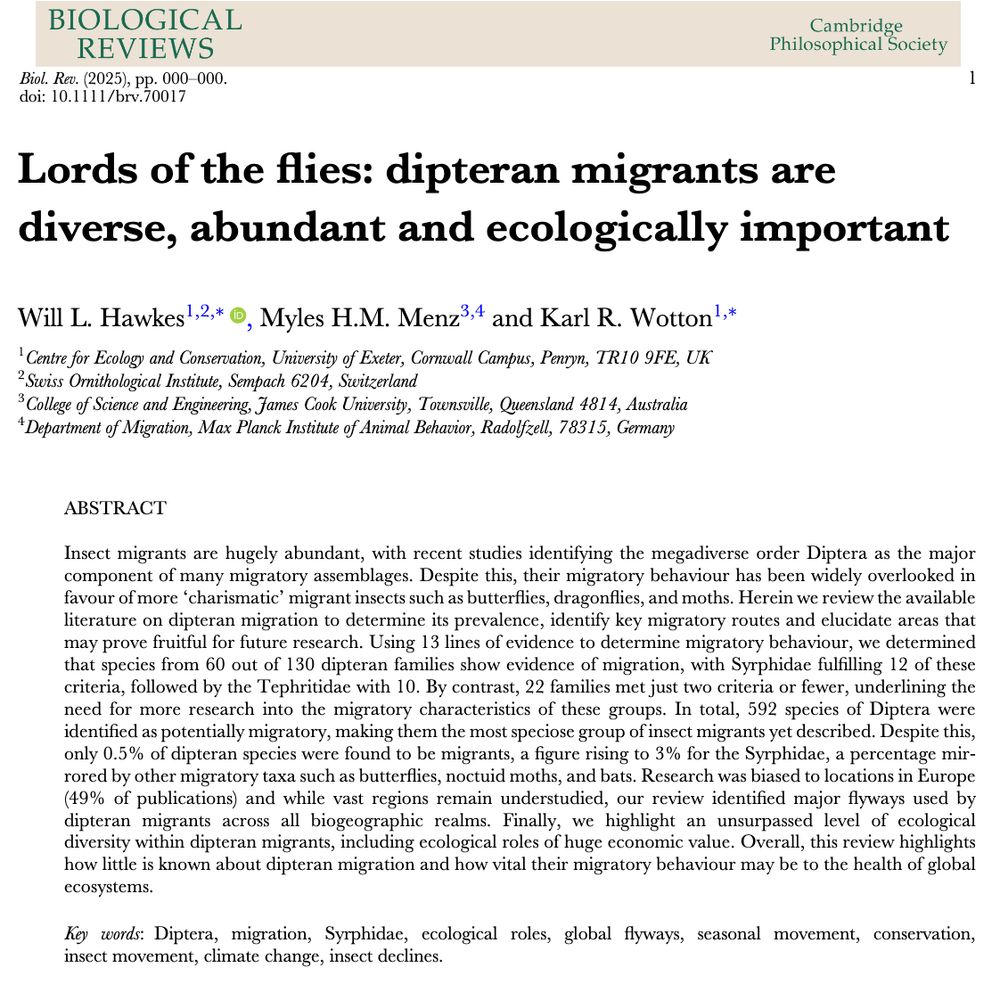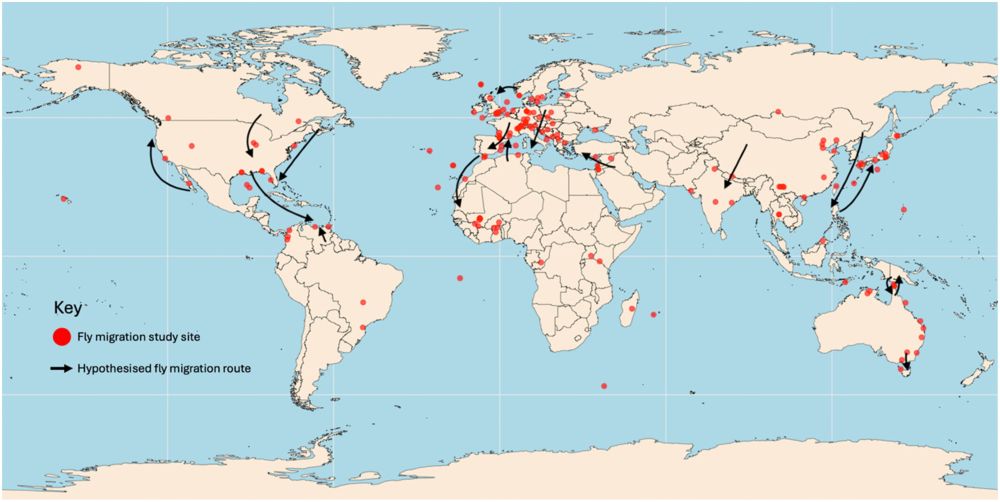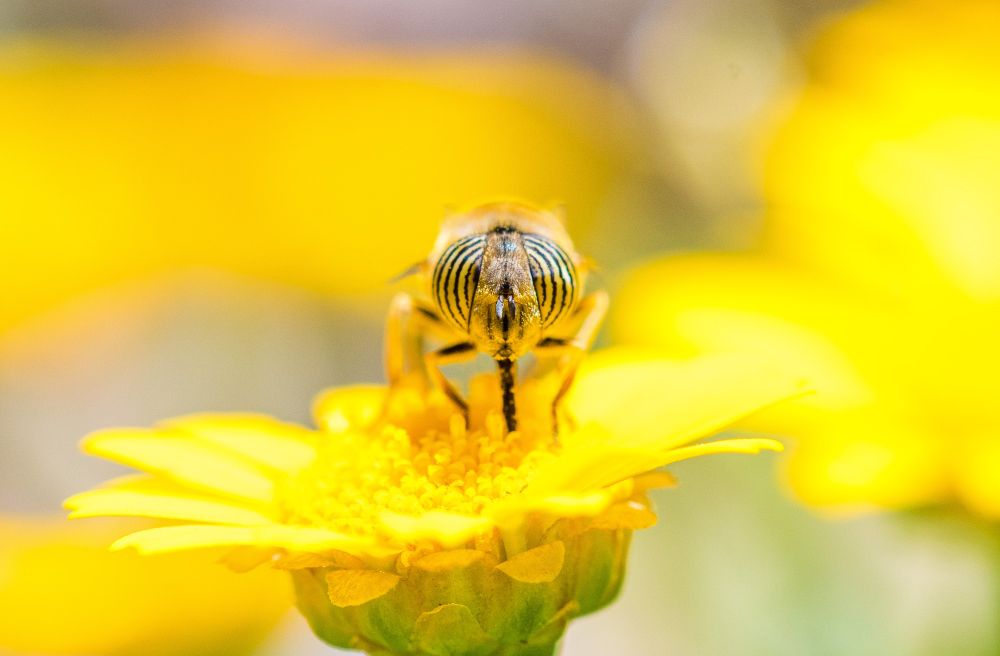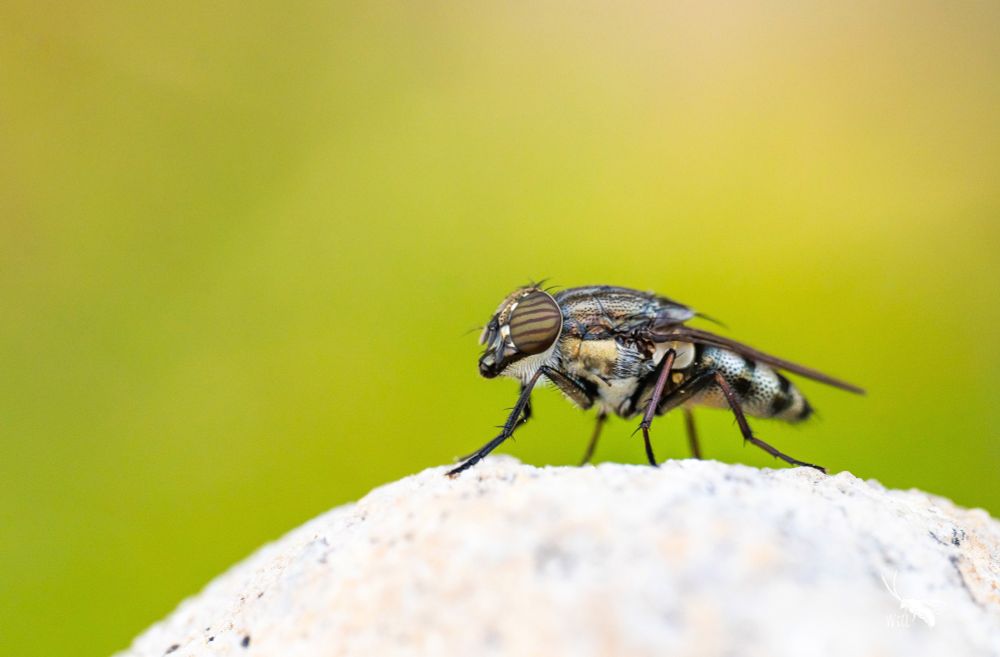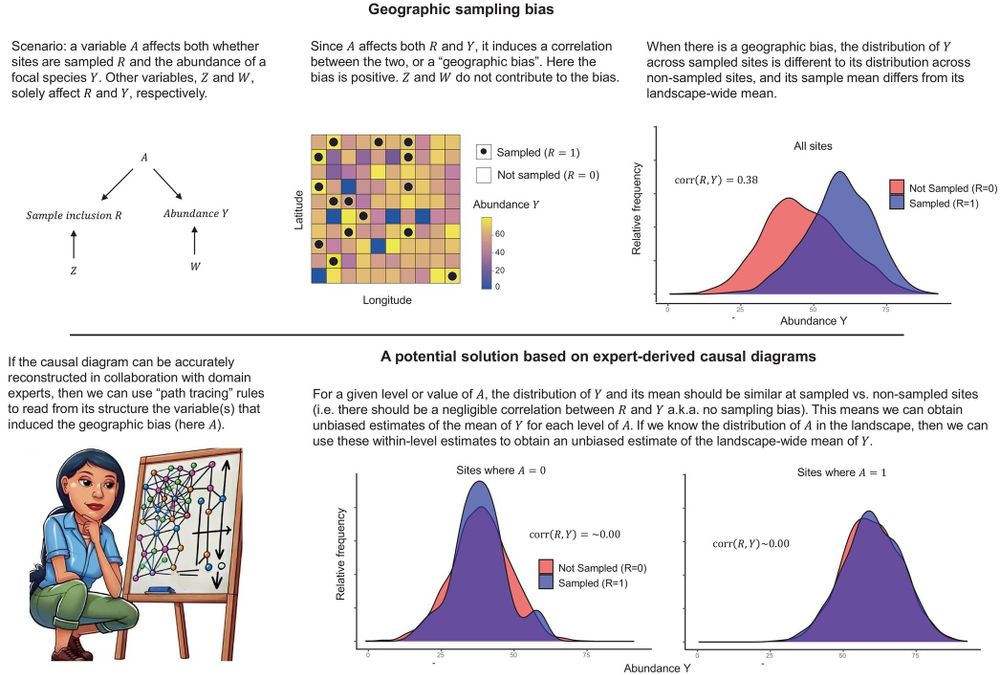GLiTRS
@glitrs.bsky.social
110 followers
160 following
12 posts
GLobal Insect Threat-Response Synthesis (GLiTRS). A project aiming to develop a comprehensive and predictive assessment of the pattern and consequences of insect decline.
Posts
Media
Videos
Starter Packs
GLiTRS
@glitrs.bsky.social
· May 27
GLiTRS
@glitrs.bsky.social
· May 27
GLiTRS
@glitrs.bsky.social
· May 27
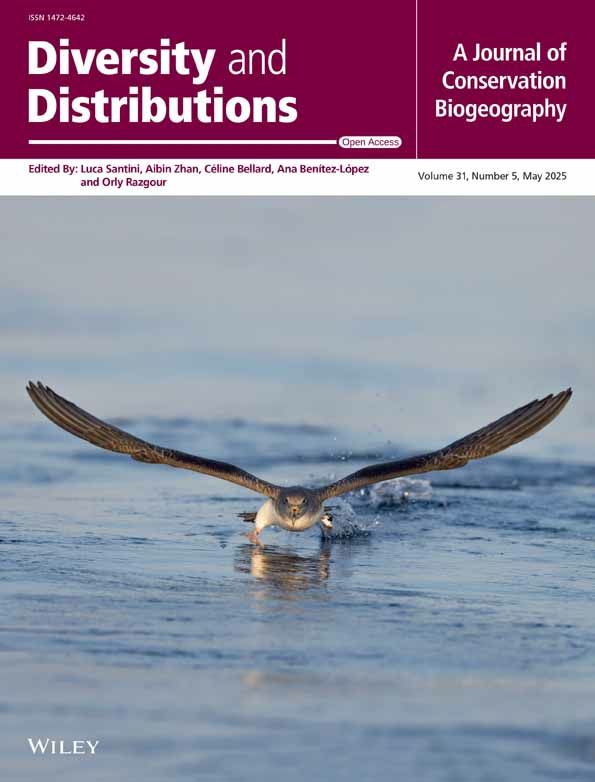
A Multithreat Meta‐Analytic Database for Understanding Insect Biodiversity Change
Aim Widespread declines in insect biodiversity have been attributed to a diverse set of anthropogenic drivers, but the relative importance of these drivers remains unclear. A key reason for this unc...
onlinelibrary.wiley.com
Reposted by GLiTRS
Reposted by GLiTRS
GLiTRS
@glitrs.bsky.social
· Apr 4
GLiTRS
@glitrs.bsky.social
· Apr 4
GLiTRS
@glitrs.bsky.social
· Apr 4
Reposted by GLiTRS
Reposted by GLiTRS
Reposted by GLiTRS
Zoe Randle
@moth-lady.bsky.social
· Feb 6

UK Moth Recorders' Meeting 2025
Our annual UK Moth Recorders' Meeting took place online on 25 January 2025. Chapters: 00:00 - Intro 06:39 - National Moth Recording Scheme Update by Zoe Randle 29:53 - Charismatic Clearwings in mid Wales by Norman Lowe 53:29 - Can we measure the impact of insect change on bird and bat populations? By Luke Evans. 01:20:15 - Surveying Argyll's rare moths 01:45:56 - Understanding why artificial lights trap flying insects using high-speed videography. By Dr Sam Fabian. 02:15:18 - Moths and light pollution. By Dr Avalon Owens. Thumbnail image by Patrick Clement #MothsMatter
bit.ly
Reposted by GLiTRS
